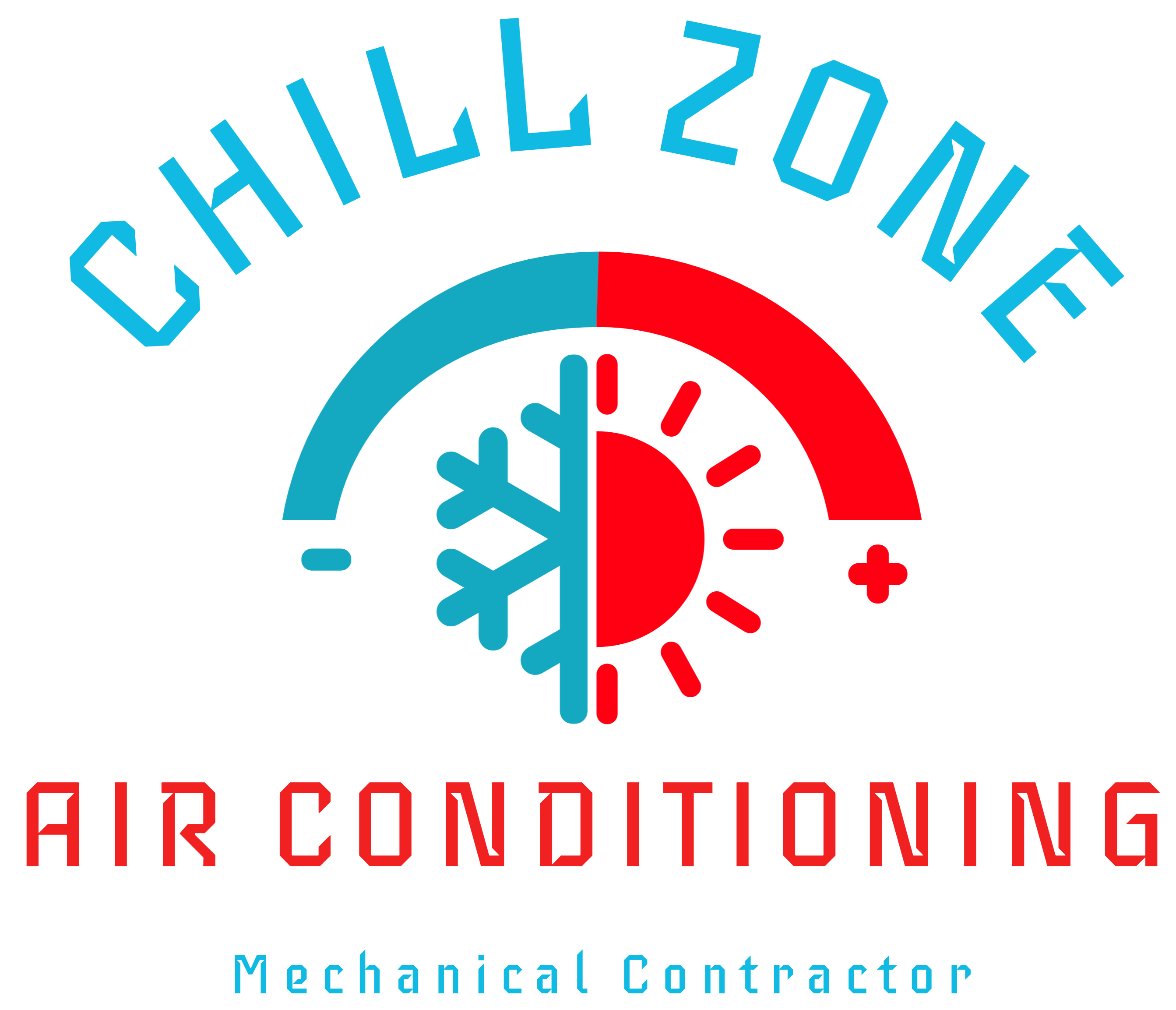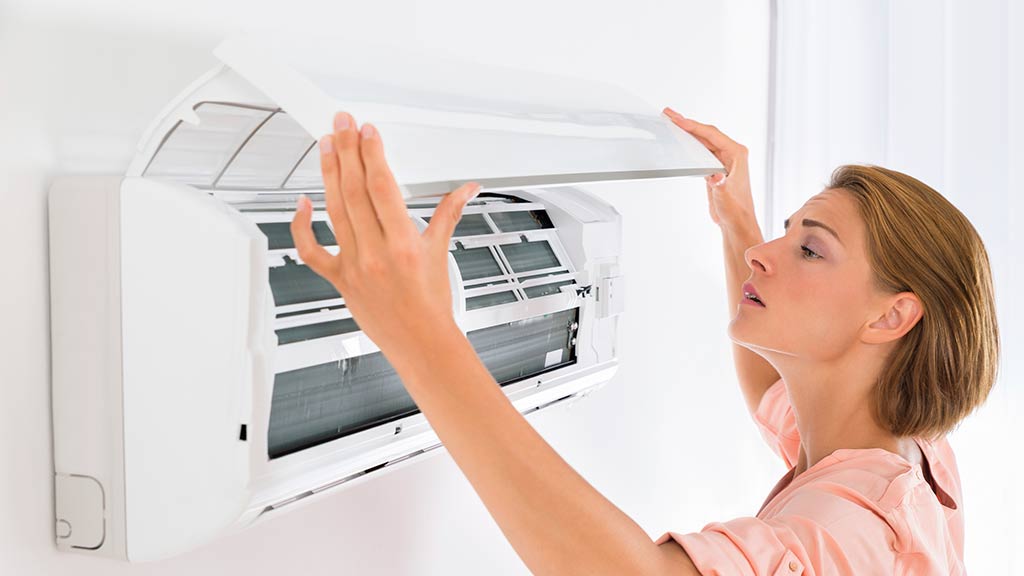As the leaves begin to change color and the temperatures start to drop, homeowners across the country are gearing up for fall maintenance tasks to prepare their homes for the upcoming winter season. However, amidst the abundance of advice and recommendations, there are several myths and misconceptions surrounding fall maintenance that can lead to wasted time, effort, and resources. In this comprehensive guide, we’ll debunk common fall maintenance myths and provide you with practical, science-based strategies to effectively prepare your home for winter.
Myth #1: You Need to Clean Your Gutters Multiple Times in the Fall: One of the most pervasive fall maintenance myths is the belief that gutters need to be cleaned multiple times throughout the season to prevent clogs and water damage. While it’s true that leaves and debris can accumulate in gutters, especially during the fall, excessive cleaning may not be necessary.
Debunked:
In reality, the frequency of gutter cleaning depends on several factors, including the presence of nearby trees, the type of gutter guards installed, and the local climate. Instead of adhering to a rigid cleaning schedule, it’s more effective to monitor your gutters regularly and clean them as needed. Consider installing gutter guards or screens to reduce the accumulation of debris and minimize the frequency of cleaning.
Myth #2: Closing Vents Will Save Energy and Improve Heating Efficiency: Another common misconception is that closing vents in unused rooms will save energy and improve heating efficiency by directing warm air to occupied areas of the home. While this practice may seem logical, it can actually have the opposite effect and lead to HVAC system strain and increased energy consumption.
Debunked
Closing vents disrupts the balance of airflow within the HVAC system, causing pressure imbalances and potentially damaging the system’s components. Additionally, modern HVAC systems are designed to distribute air evenly throughout the home, and closing vents can disrupt this balance, leading to inefficient operation and increased wear and tear on the system. Instead of closing vents, focus on sealing duct leaks, insulating ducts in unconditioned spaces, and investing in a programmable thermostat to optimize heating efficiency.
Myth #3: Pruning Trees and Shrubs Can Wait Until Spring: Many homeowners believe that fall is not the ideal time to prune trees and shrubs and that this task can be safely postponed until spring. However, fall pruning is essential for promoting healthy growth, preventing disease, and protecting plants from winter damage.
Debunked
Fall is an ideal time to prune trees and shrubs because it allows plants to focus their energy on root growth rather than foliage production. Additionally, pruning in the fall removes dead or diseased branches, reducing the risk of pests and disease overwintering in the plant’s canopy. When pruning, focus on removing dead or damaged branches, shaping the plant for optimal growth, and thinning out dense foliage to improve air circulation. Avoid pruning spring-blooming plants in the fall, as this can reduce the number of flowers produced the following season.
Myth #4: Insulating Attics and Crawl Spaces Is Only Necessary in Cold Climates: Many homeowners mistakenly believe that insulation is only necessary in cold climates to prevent heat loss and reduce heating costs. However, insulation is essential for maintaining comfortable indoor temperatures and improving energy efficiency in all climates, regardless of temperature extremes.
Debunked
Insulation plays a crucial role in regulating indoor temperatures year-round by preventing heat transfer through walls, floors, and ceilings. In addition to reducing heating costs in the winter, insulation also helps keep homes cool in the summer by blocking heat transfer from the outdoors. Insulating attics, crawl spaces, and exterior walls can significantly improve energy efficiency, reduce utility bills, and enhance indoor comfort. Consider consulting with a professional insulation contractor to assess your home’s insulation needs and recommend the most effective insulation materials and installation techniques for your climate zone.
Conclusion
As you prepare your home for the winter season, it’s essential to separate fact from fiction when it comes to fall maintenance tasks. By debunking common myths and adopting science-based strategies, you can effectively protect your home from winter weather, improve energy efficiency, and enhance indoor comfort. From gutter maintenance to HVAC optimization, prioritizing the right fall maintenance tasks will ensure that your home remains safe, comfortable, and efficient throughout the colder months.



